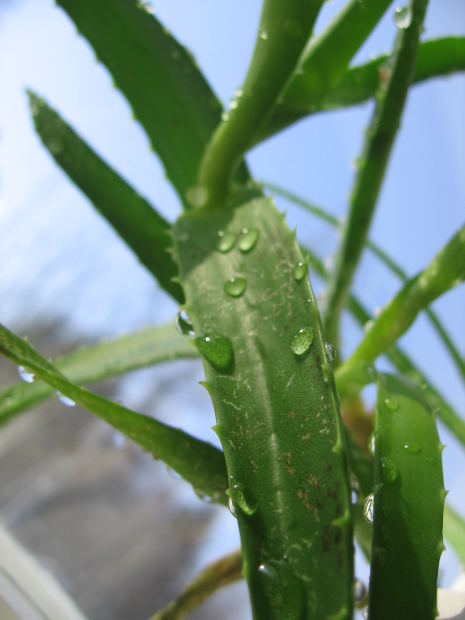 Loading... Please wait...
Loading... Please wait...Save Money. Grow Your Own!
Fast Plain Box Shipping.
We ship to the US & Canada.
Grow Your Own!
How to build an indoor hydroponic nursery
Posted on 1st Jul 2015
While some kinds of hydroponic projects are part of a very conventional and unique design, others mimic different kinds of projects that may also involve soil-grown plants. For instance, say you want to set up a hydroponic ‘nursery’ that will look a lot like what you see in commercial locations. How do you get started in these projects?

Here are some of the considerations for building a hydroponic nursery at home or in a business space.
The Layout
If you’re choosing to set up a greenhouse-type nursery, you’ll need some space. This is different from setting up a small compact hydroponics project in the corner of a room. You're going to need a certain amount of square footage and, most likely, an enclosure, whether that's plastic or glass. You're probably also need elements like tables to keep the plants off of the ground. Think about how to set up accessible, functional spaces for your hydroponic nursery project.
Seedlings or Seeds
Calling a project a ‘nursery’ implies that plants are going to be in the early stages. As with soil-based growing, you can grow hydroponic plants from seeds or from seedlings. If you choose to deal with seeds, you have different choices for germination. A lot of hydroponics growers use the wet paper towel method, where seeds are placed between two layers of damp paper. When they sprout, they can be placed in the hydroponic sterile grow media.
Light
This is another very interesting component of building a hydroponic nursery. Again, with the types of layout described above, there’s the implication that a grower will use at least some natural light. But that's not the only way to go. Where natural sunlight is unavailable, you can simply use different types of hydroponic grow lights such as high pressure sodium bulbs, metal halite bulbs, or new light emitting diode or LED lights. Think about whether you need natural light, artificial light, or a mix to help to plants thrive.
Irrigation
Quite a lot of hydroponics projects have a dedicated reservoir where growers keep water that periodically gets pumped through a series of tubes to get delivered to plant roots. But within a nursery system, you also could be using ebb and flow table design. Here you simply route the water to the top of a slightly slanted tray or table and let it filter down through to reach plant roots.
For much more on hydroponics, check out what retailers and manufacturers have on sale to help you meet your goals.
